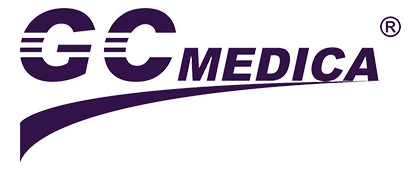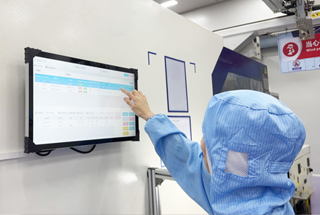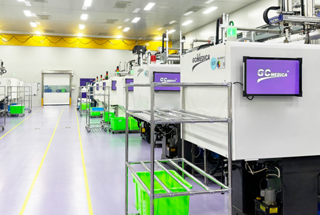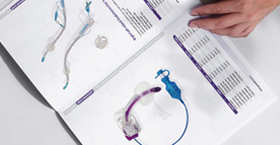Hysterosalpingography (HSG) is a vital diagnostic procedure used to evaluate the uterine cavity and fallopian tubes, particularly in infertility assessments. A key component in this procedure is the HSG catheter, which plays a crucial role in delivering contrast media to enhance imaging results. Understanding the pricing of HSG catheters is important for healthcare facilities aiming to balance quality with cost efficiency.
What Is an HSG Catheter?
An HSG catheter is a specialized medical device designed for use during hysterosalpingography procedures. It facilitates the smooth administration of contrast agents into the uterus and fallopian tubes, allowing clear visualization of the reproductive tract. The catheter's design, material, and functionality are all critical factors in ensuring patient safety and accurate diagnostic outcomes.
 GCMEDICA HSG Catheter Online Promotion (Click for details>)
GCMEDICA HSG Catheter Online Promotion (Click for details>)
Factors Influencing HSG Catheter Price
Several factors affect the pricing of HSG catheters, including:
Material Quality: Higher quality materials offer increased durability, flexibility, and patient comfort. Premium materials may drive up the cost but provide better performance during the procedure.
Design Features: Catheters with advanced design features, such as ergonomic shapes or integrated safety mechanisms, typically command a higher price. These features can improve ease of use and reduce the risk of complications.
Single-Use vs. Reusable: Single-use, disposable catheters are often more expensive per unit compared to reusable options. However, disposable catheters reduce the risk of cross-contamination and infection.
Regulatory Standards: Catheters that meet stringent international standards or have undergone rigorous clinical testing might be priced higher, reflecting their compliance with safety and efficacy requirements.
Volume and Procurement: The overall cost can vary depending on the purchasing volume. Facilities that buy in bulk may benefit from volume discounts, reducing the overall expenditure on HSG catheters.
Average Price Range and Cost Considerations
While HSG catheter prices can vary significantly based on the factors mentioned above, healthcare providers can expect a wide range in costs. It is essential to evaluate the long-term cost-effectiveness of each catheter option. Factors such as durability, ease of use, and reduced risk of complications can justify a higher upfront price. In contrast, lower-cost options may be suitable for facilities with budget constraints, provided they meet the necessary safety and performance criteria.
Evaluating Cost-Effectiveness
When assessing HSG catheter price, healthcare providers should consider the following:
Clinical Outcomes: The ultimate goal is to achieve accurate diagnostic results with minimal risk to the patient. Investing in a catheter that enhances procedure efficiency can lead to better clinical outcomes.
Operational Efficiency: An efficient catheter can reduce procedure time and improve patient turnover, indirectly impacting overall healthcare costs.
Patient Safety: The safety features of a catheter should be prioritized. Devices that minimize the risk of infection or complications contribute to long-term savings by reducing additional treatment needs.
Conclusion
Understanding HSG catheter pricing involves a careful analysis of multiple factors, including material quality, design innovations, and procurement strategies. By focusing on cost-effectiveness and patient safety, healthcare providers can make informed decisions that enhance the quality of care while managing expenses. Ultimately, selecting the right HSG catheter is not just about the price tag but also about ensuring optimal clinical performance and improved patient outcomes.


 Français
Français Español
Español Products
Products

 About Us
About Us












